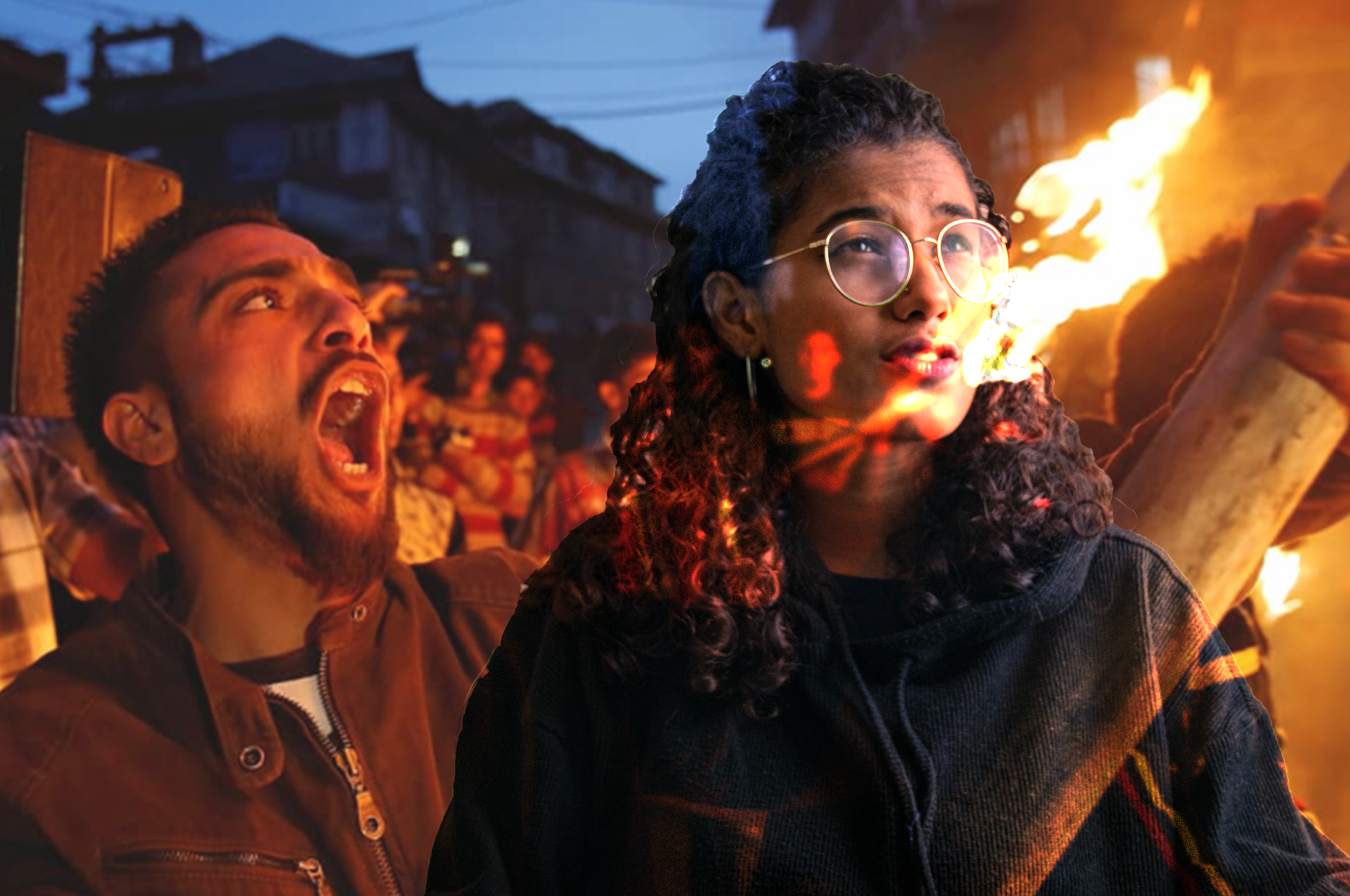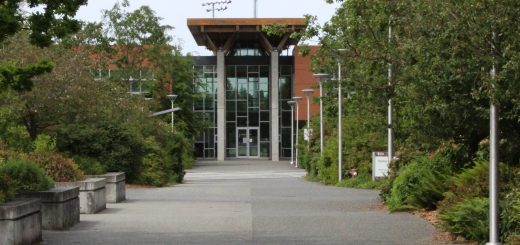A Weekend in Budapest
Before flying home for Christmas in December, I decided to book a trip for the last weekend of January. Although I would have liked to go to a warm and sunny destination, I found round-trip flights to Budapest for only 53 euros (around $80 CAD). As an added bonus, five of my housemates wanted to join, so it was guaranteed to be a fun trip.
Day 1
We woke up at 5 am one freezing cold morning (it had literally snowed during the night) and made it to the airport half awake but on time. Unfortunately, our flight was delayed by more than 2 hours because of the weather. But being with friends made the wait bearable. 🙂
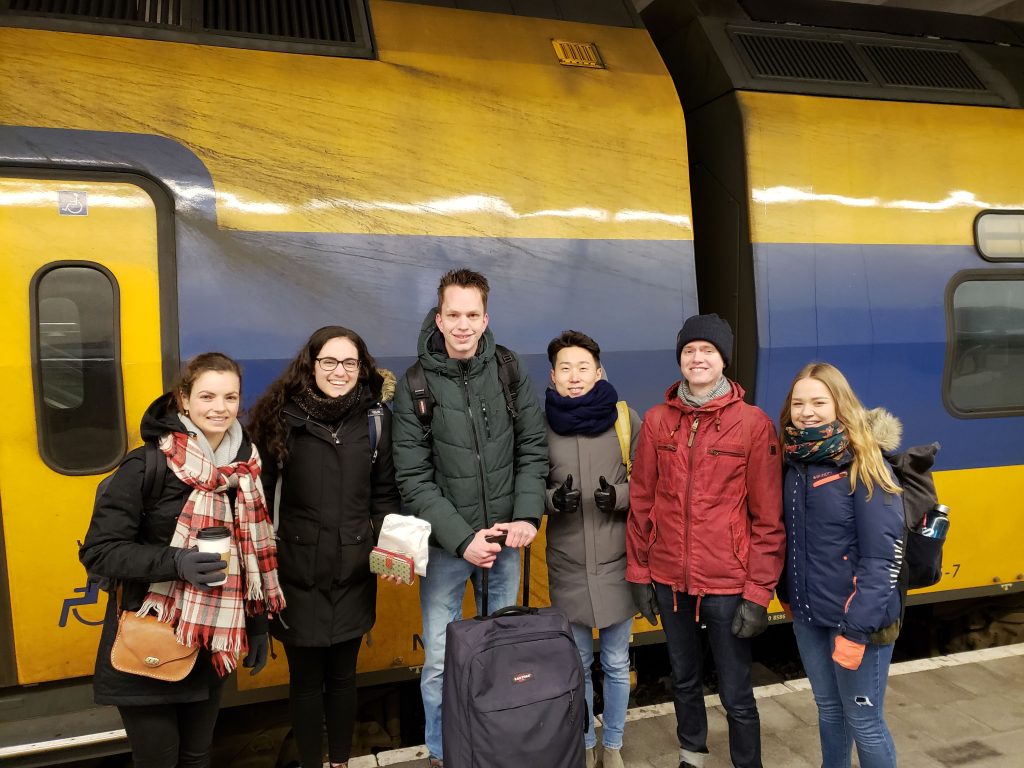
We arrived in Budapest tired and hungry, so after resting for a bit at our Airbnb, we set out to find dinner. Afterwards, we went for a walk through the city and along the Danube river – Budapest is so beautiful at night!
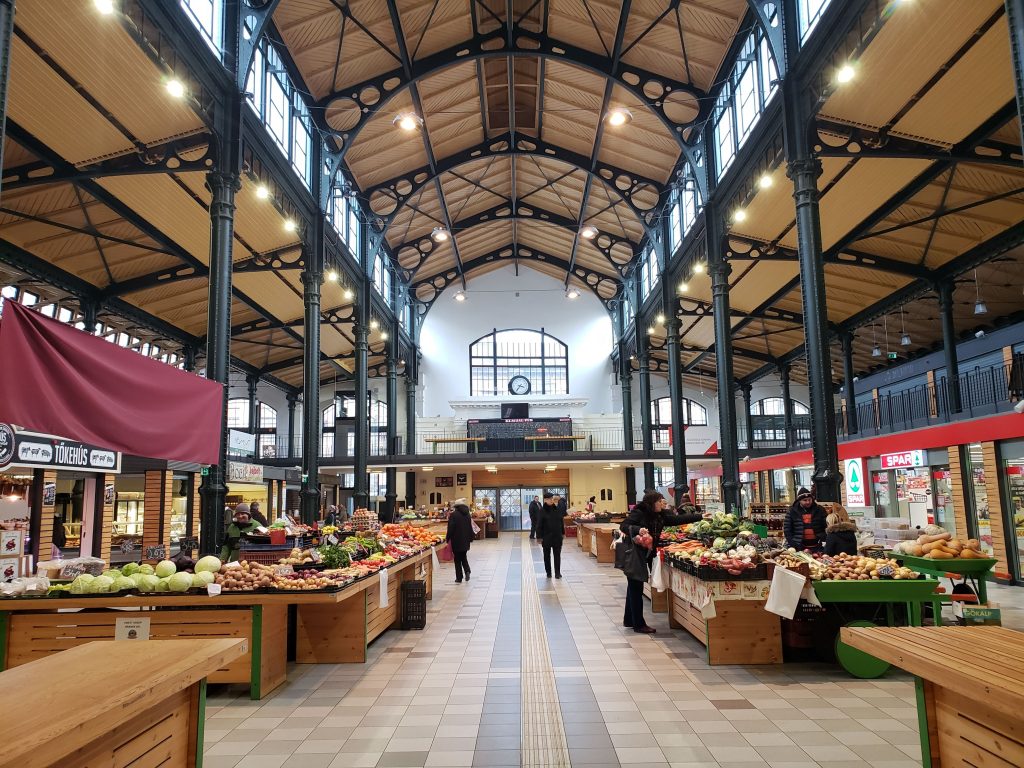
The grocery store around the corner from our Airbnb was in this beautiful building
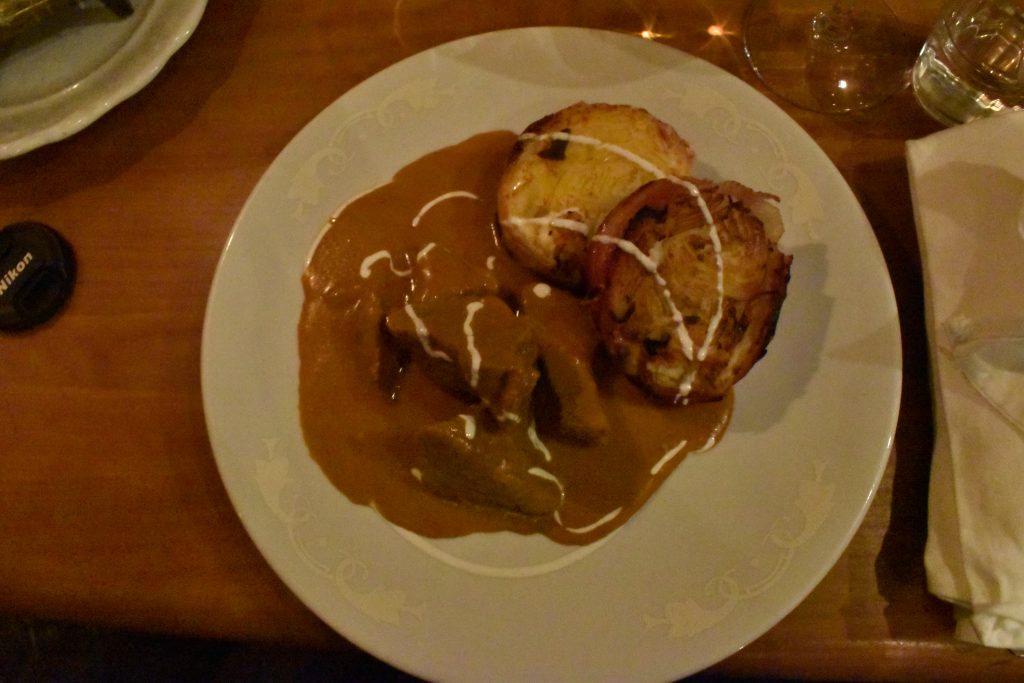
Paprika veal stew with sour cream and baked curd cheese noodles wrapped in bacon
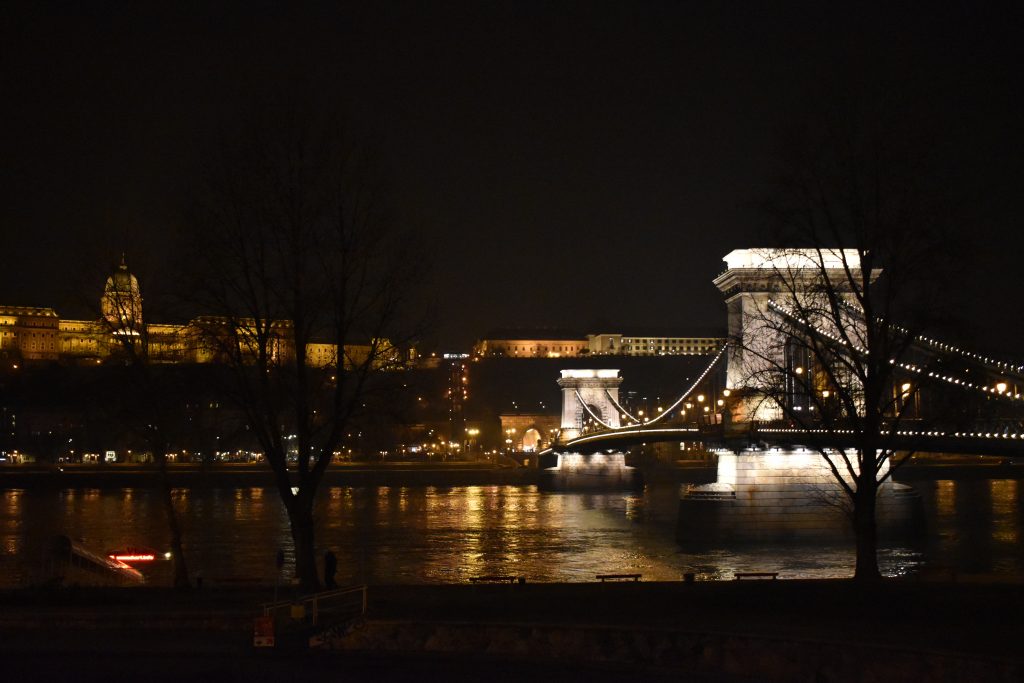
Day 2
After getting a great night’s sleep, we took a free walking tour of Budapest. It was a great way to get an overview of most of the city’s main sights while hearing about its history.
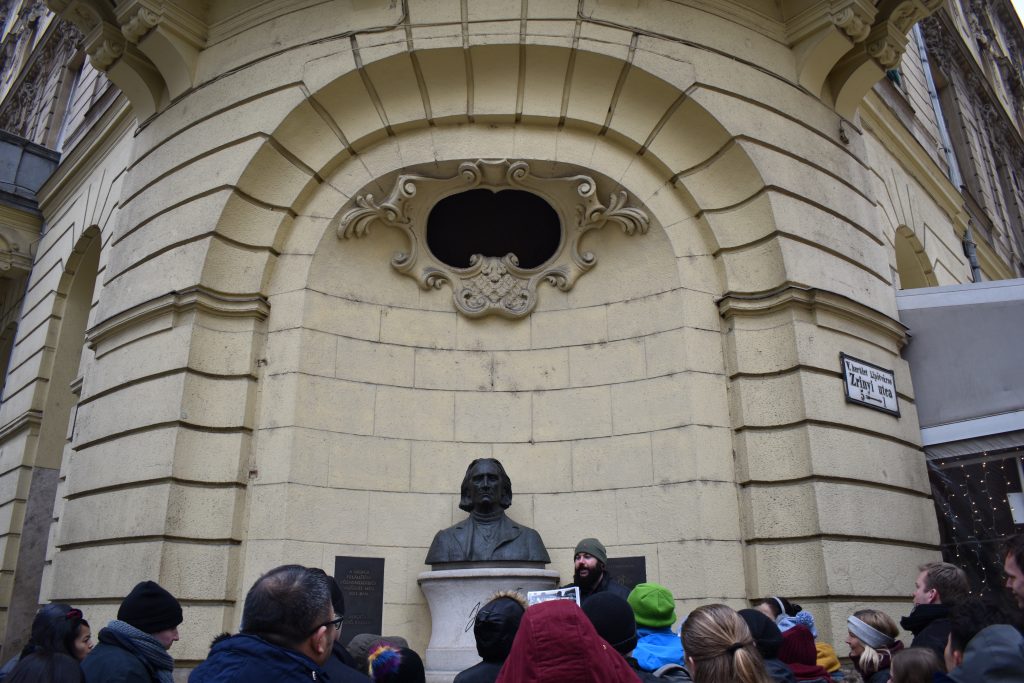
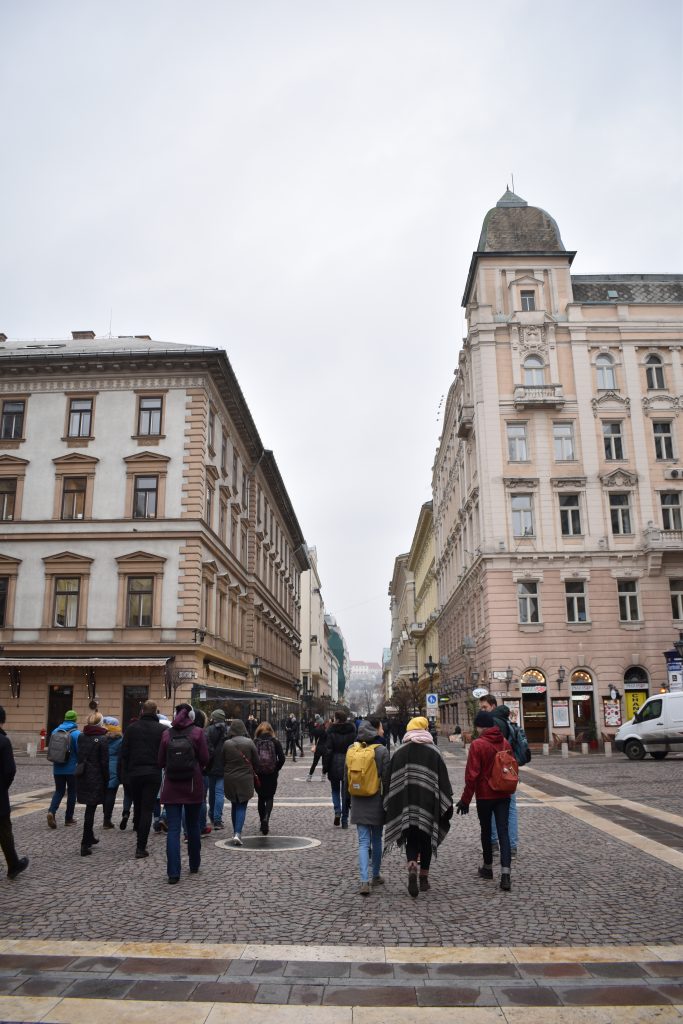

St. Stephen’s Basilica
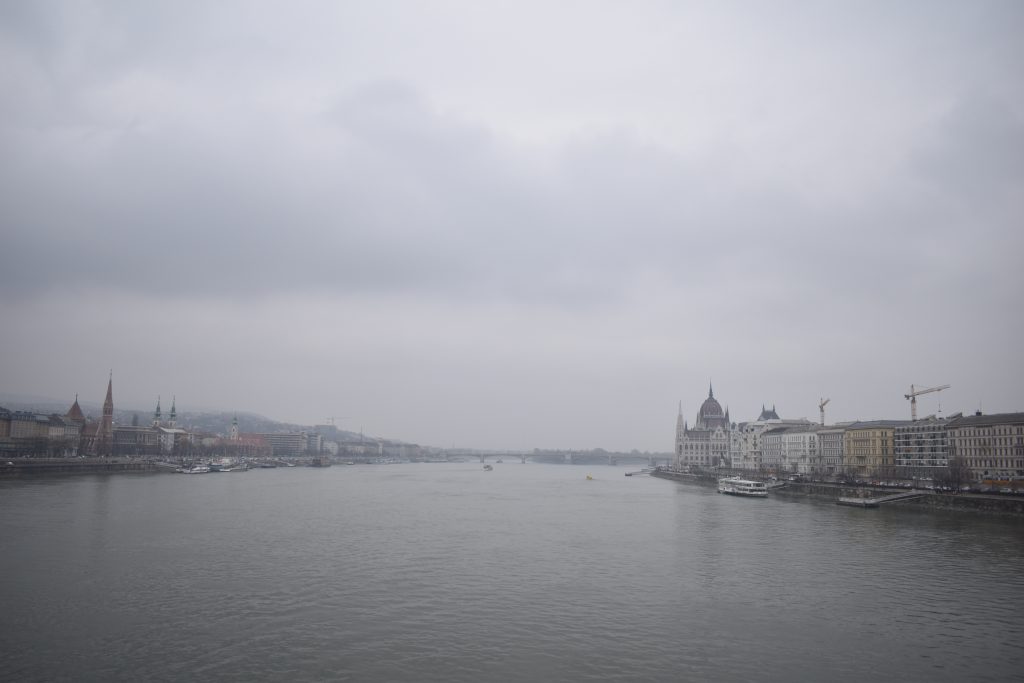
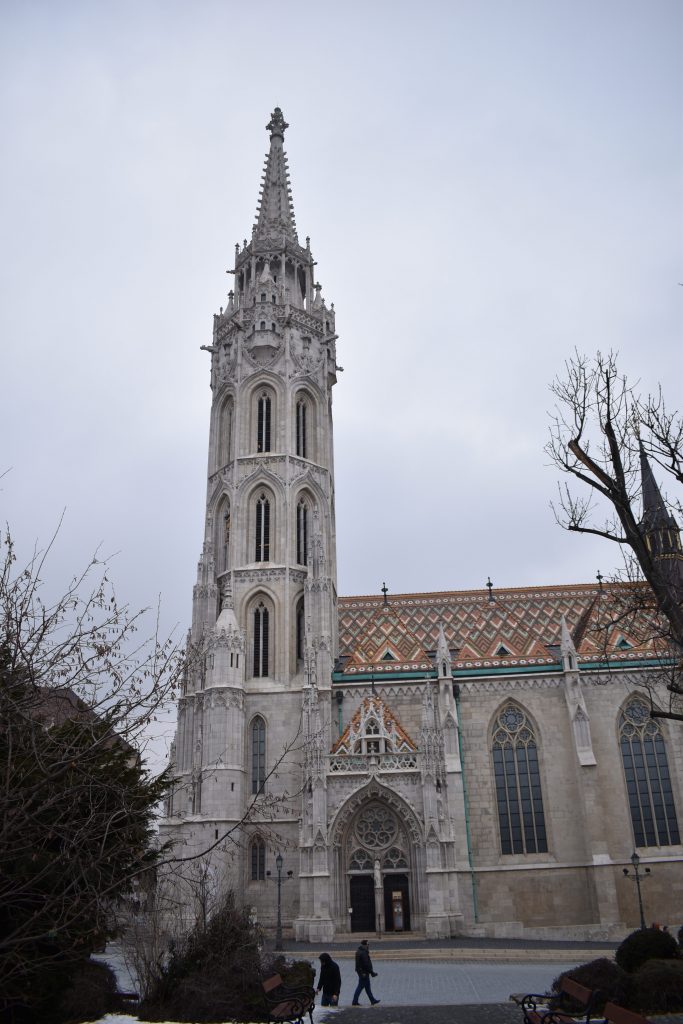
Matthias Church
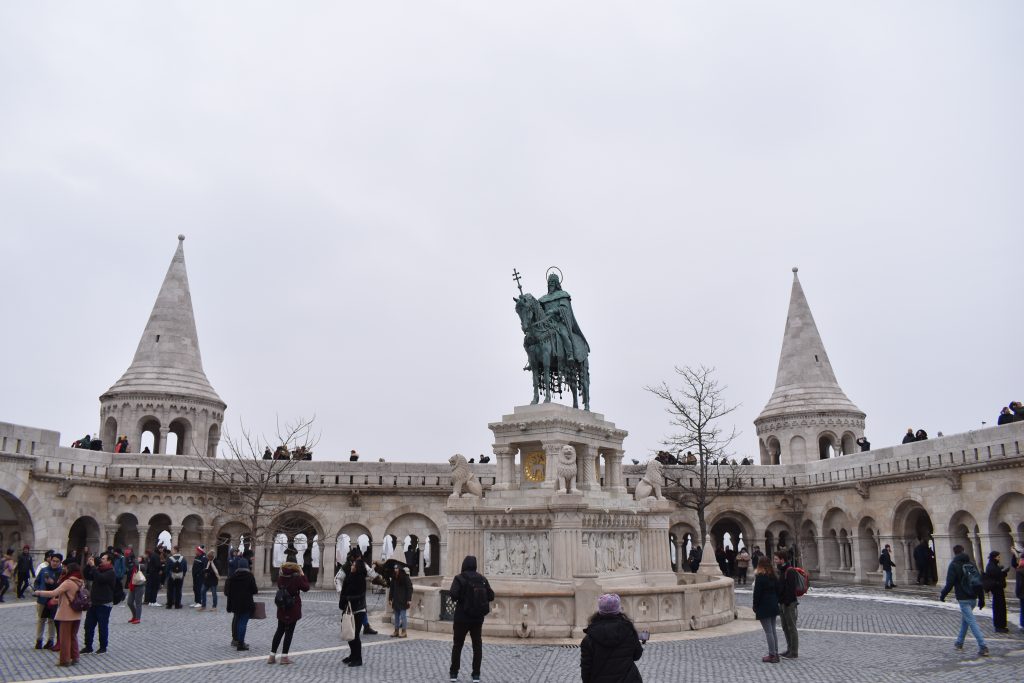
Fisherman’s Bastion
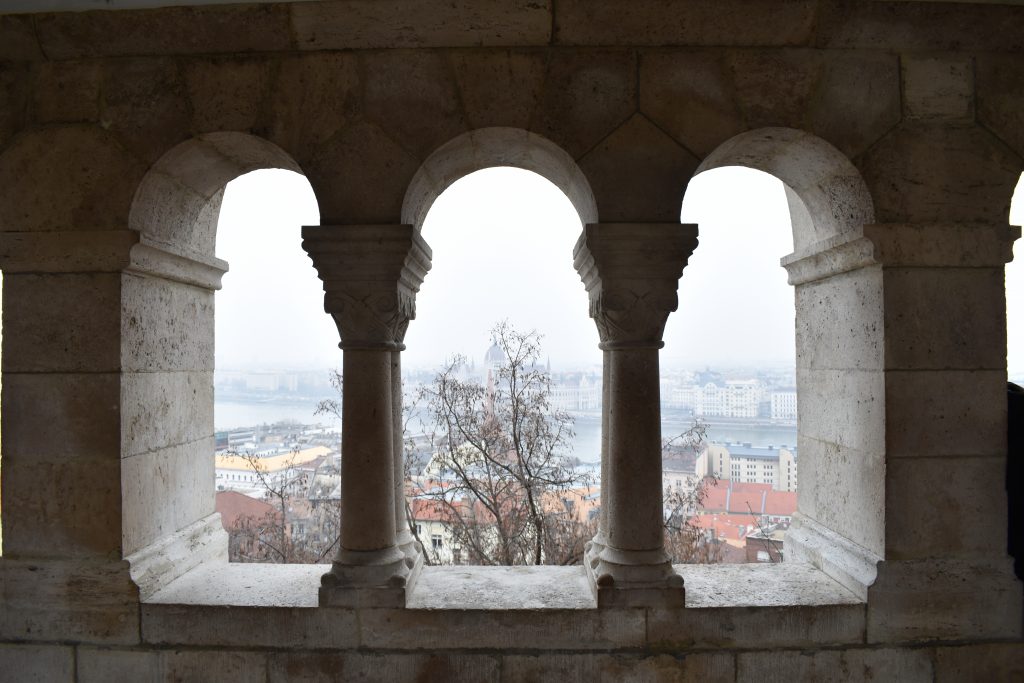
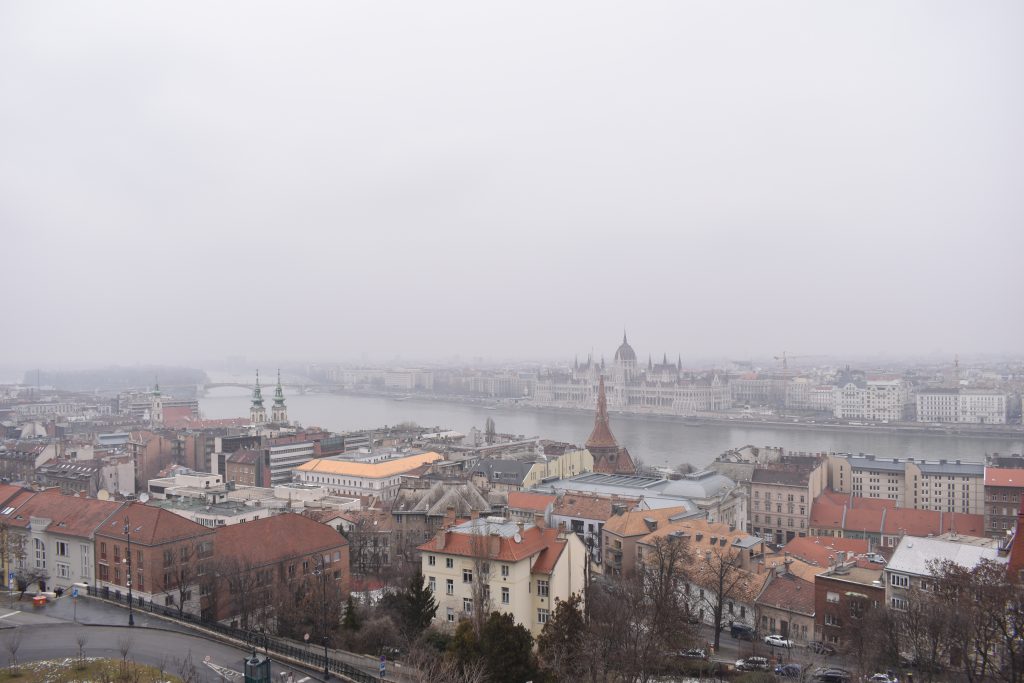
It was really cold during the tour, so afterwards we warmed up with some lunch (food was a recurring theme of this trip). I had traditional Hungarian goulash, and it was the perfect cold-weather food.
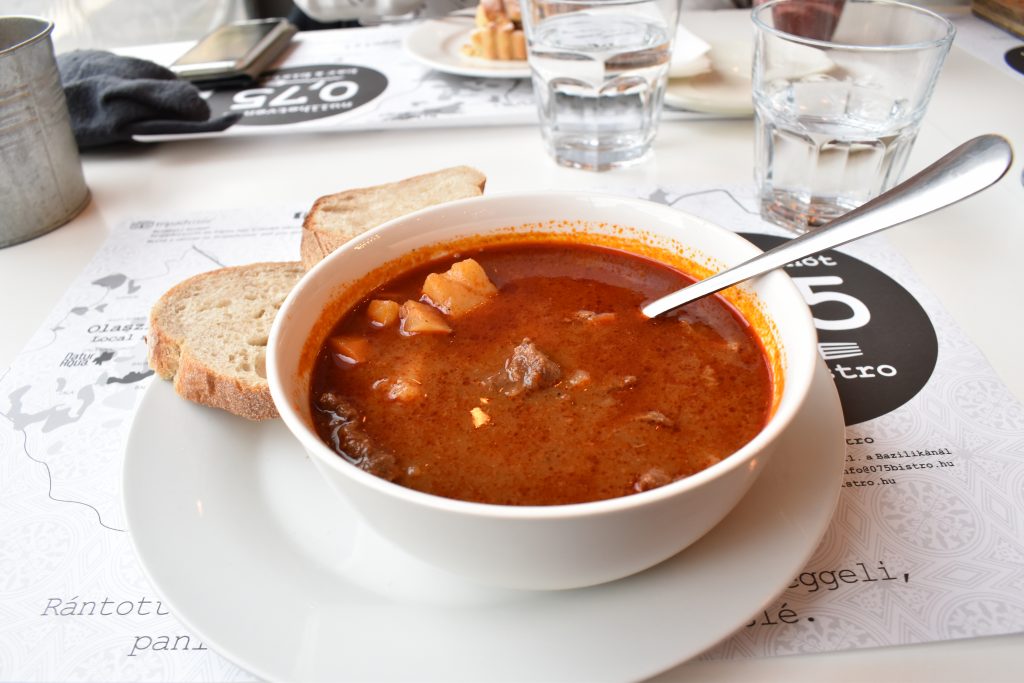
We then took the historic tram to Heroes’ Square, with statues of important Hungarian leaders.

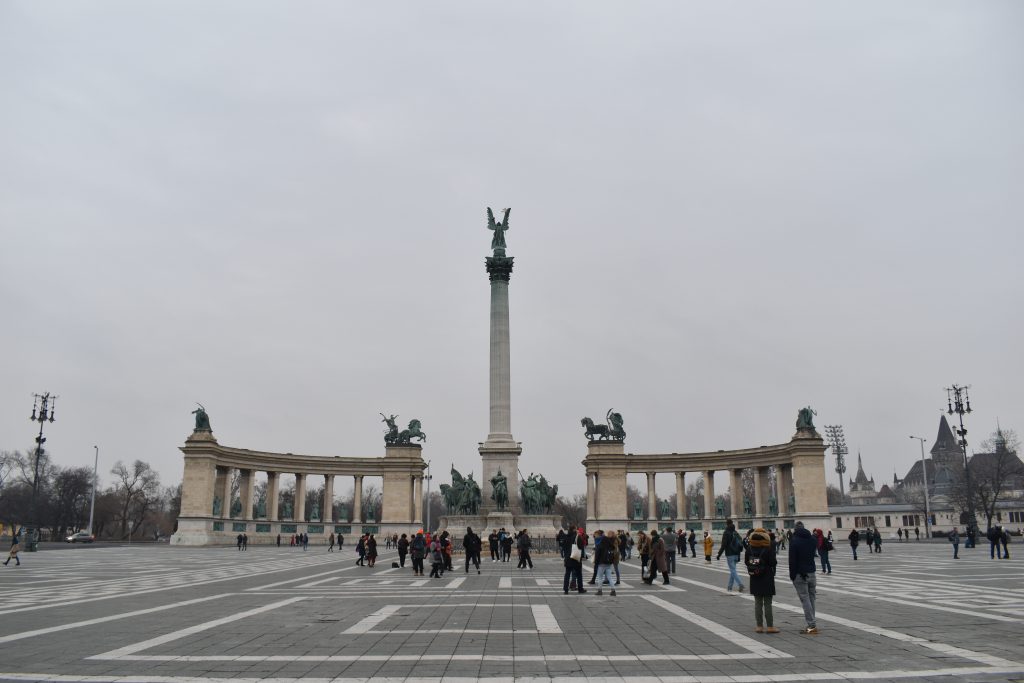
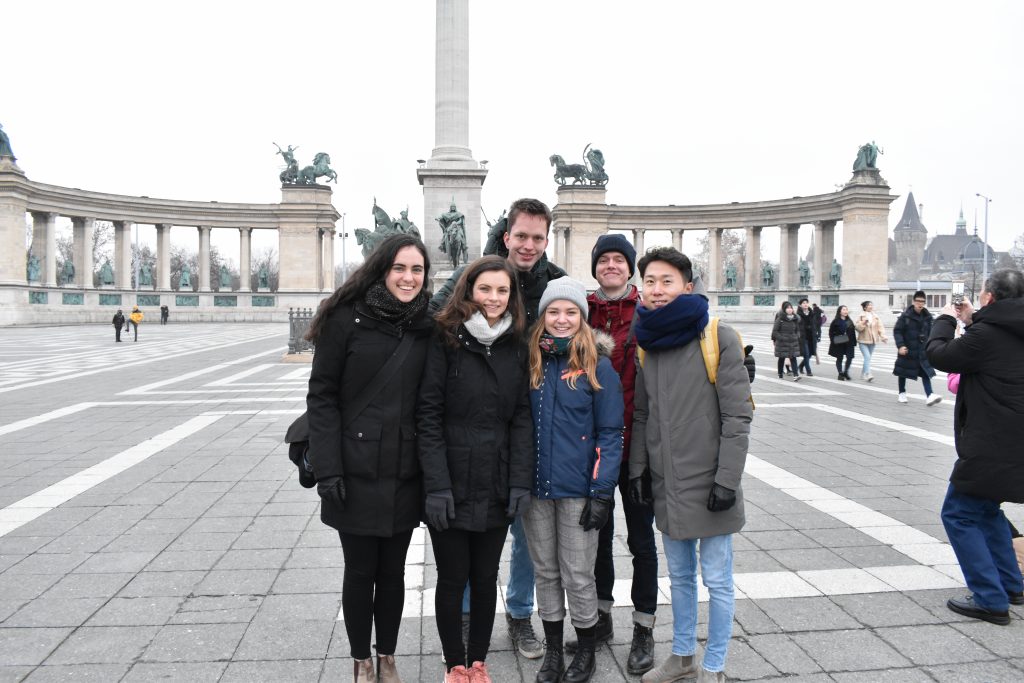
Day 3
The next day, we visited the Franz Liszt Memorial Museum, where Liszt (the composer of famous pieces like this one) had lived and taught from 1881 until 1886. We also listened to a beautiful piano concert by a student of the Liszt Music Academy – besides the food, for me this was the highlight of the trip.

We then went to the Grand Market Hall where we had another great lunch. From there we took the iconic Tram 2 past the Hungarian Parliament buildings. After that, we went to see the ‘Shoes on the Danube bank,’ a monument commemorating the estimated 20,000 Jews who were executed along the river bank by the Nazis, so that their bodies would fall into the water and be carried away. The shoes were a powerful reminder that the people killed were more than a number – they were individuals.
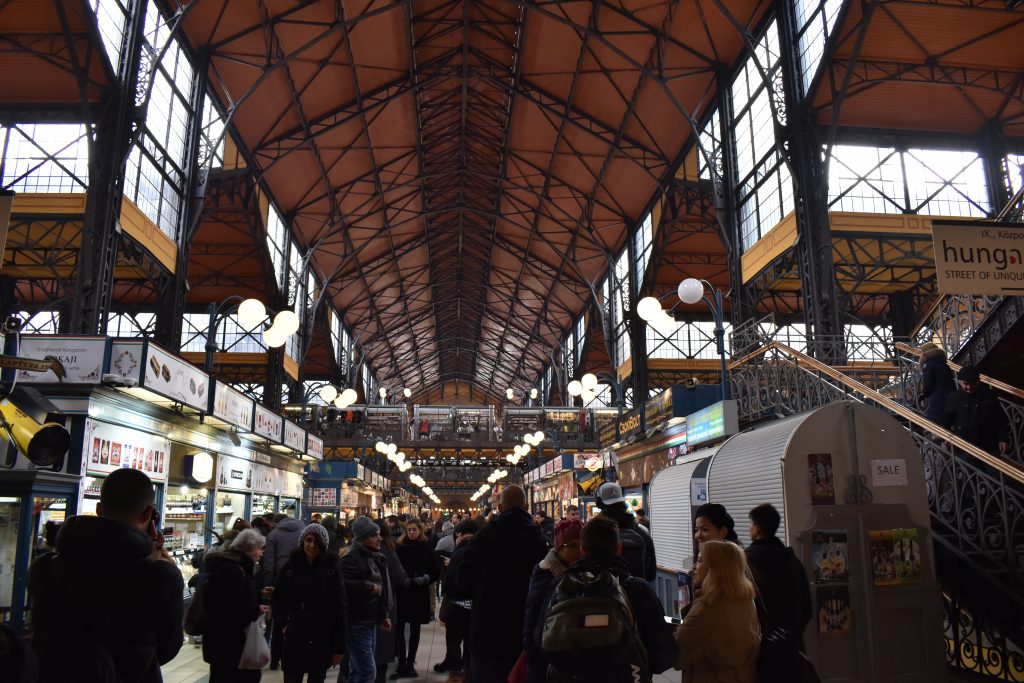

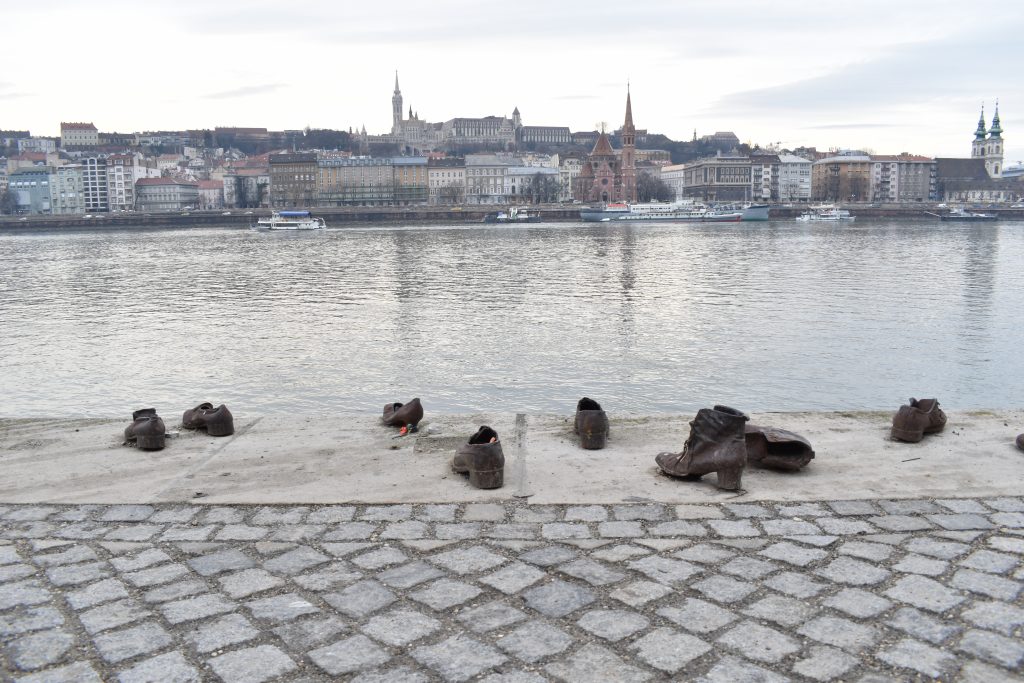
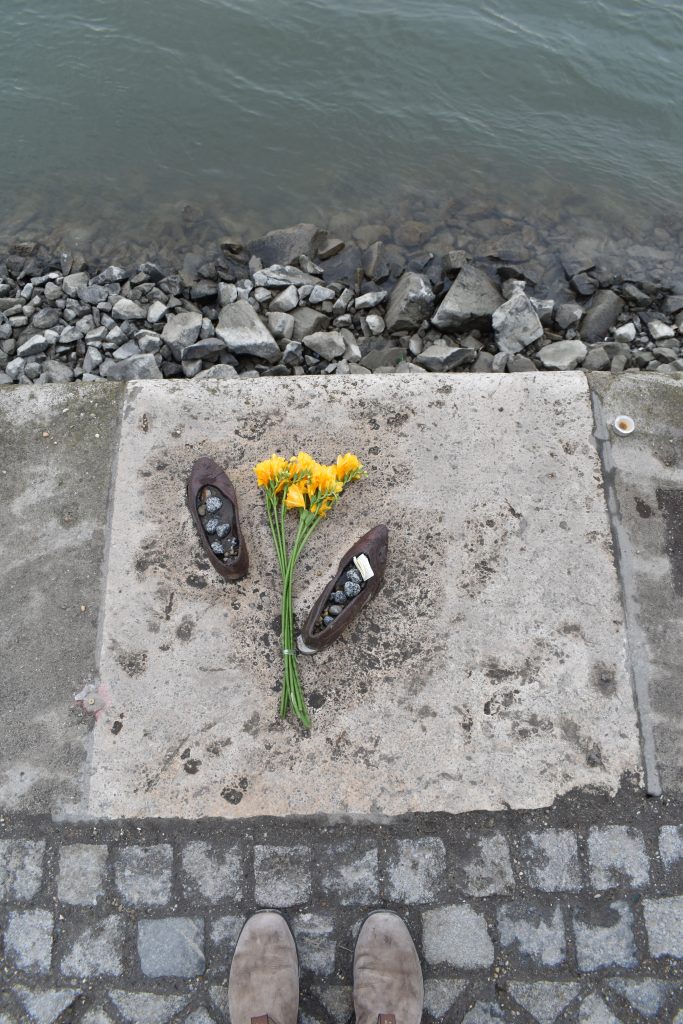
Day 4
Our last day in Budapest, we did another free walking tour, this time one about Communism. As someone with an interest in European history, this tour was fascinating.
Learning about the history of communism and hearing stories from our tour guide about what his parents lived through is something I won’t forget. I was able to ask questions about a time period I have no personal experience with, but which has shaped so much of the world today. And talking with my German and Chinese housemates about their experiences/their family’s experiences with Communism was so interesting. It was one of those incredible “learning beyond the classroom” experiences that make me so grateful to be able to study and travel in Europe.
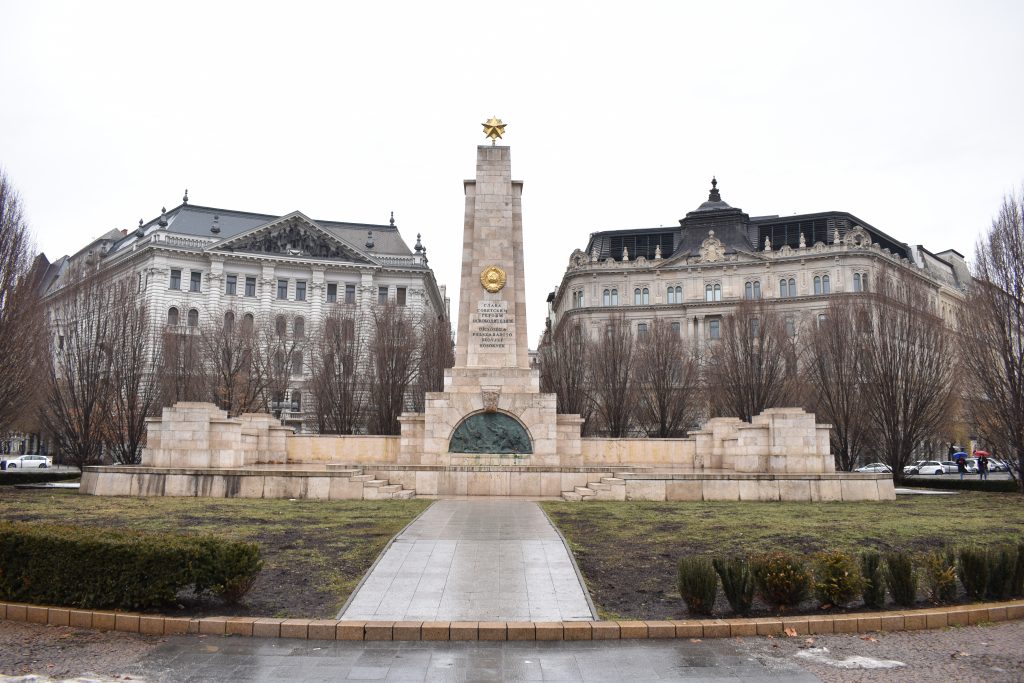
Memorial for Soviet soldiers who liberated Budapest in WWII
The tour also included a stop at Budapest’s most controversial World War II monument. In 2014, the Hungarian government built the monument, which depicts an eagle (representing Germany) diving towards the statue of Archangel Gabriel (a symbol of Hungary).
The monument implies that Hungary was a victim, and that its role in World War II started in 1944, when the Nazis first occupied the country. Many people were outraged, because they see it as an attempt to erase Hungary’s role in the Holocaust prior to their occupation. Protestors built their own memorial right in front of the other, where photos, belongings, and stories of Hungarian Jews who died in the Holocaust are shared. You can read more about the monument here.
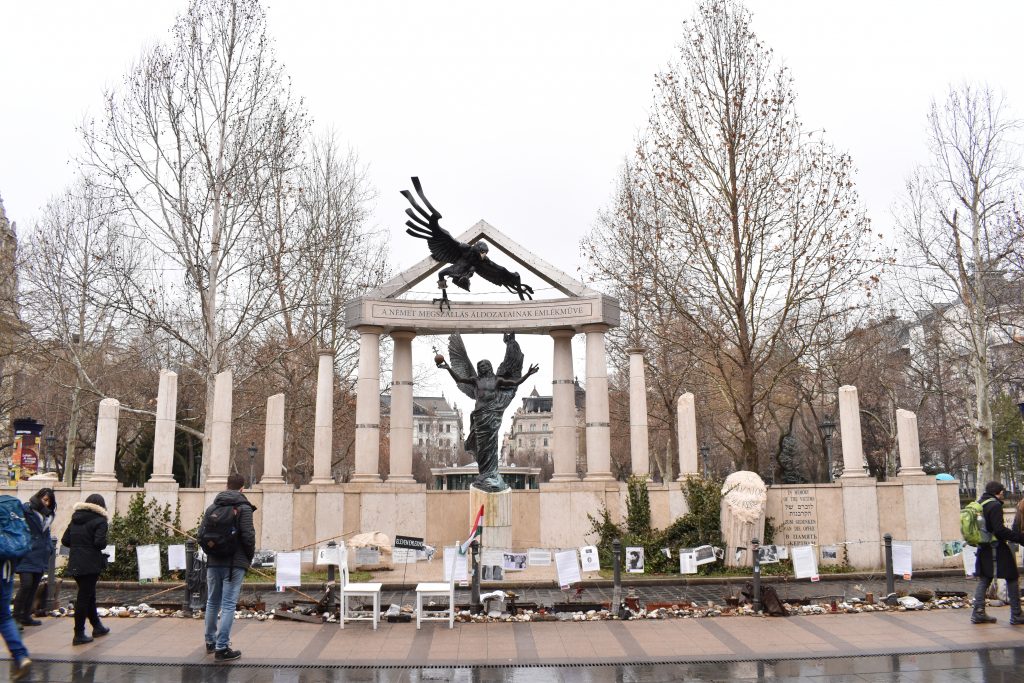
I had read about this issue a few years ago and remember being worried about how political leaders were trying to rewrite the past. Seeing this memorial in person made the issue that much more real and relevant to me. Every country has things in their past they would rather forget. Acknowledging the bad along with the good is crucial to ensuring that the mistakes of the past aren’t repeated and that we continue moving forward toward forgiveness and reconciliation (I also wrote about this here).
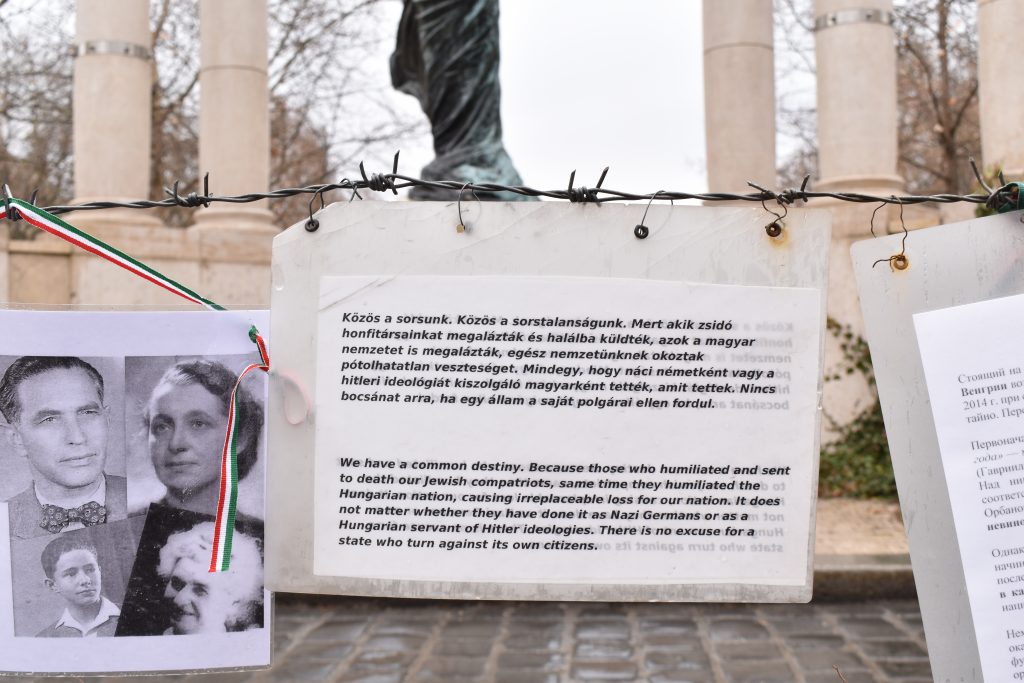
Budapest wasn’t at the top of my bucket list of places to see, but I am so glad I went. It was not only an incredibly fun trip (thanks to my awesome travel buddies) but it also gave me a greater understanding of the history and politics of Hungary, a country I have studied in the past but couldn’t contextualize.
If any of you (especially fellow exchange students) are planning a trip to Budapest, here are some recommendations based on our experience:
Langos (deep fried dough with sour cream, cheese, and meat)

Kürtőskalács from one of the many kiosks around the city (aka chimney cake – a warm, sweet dough perfect for cold days)
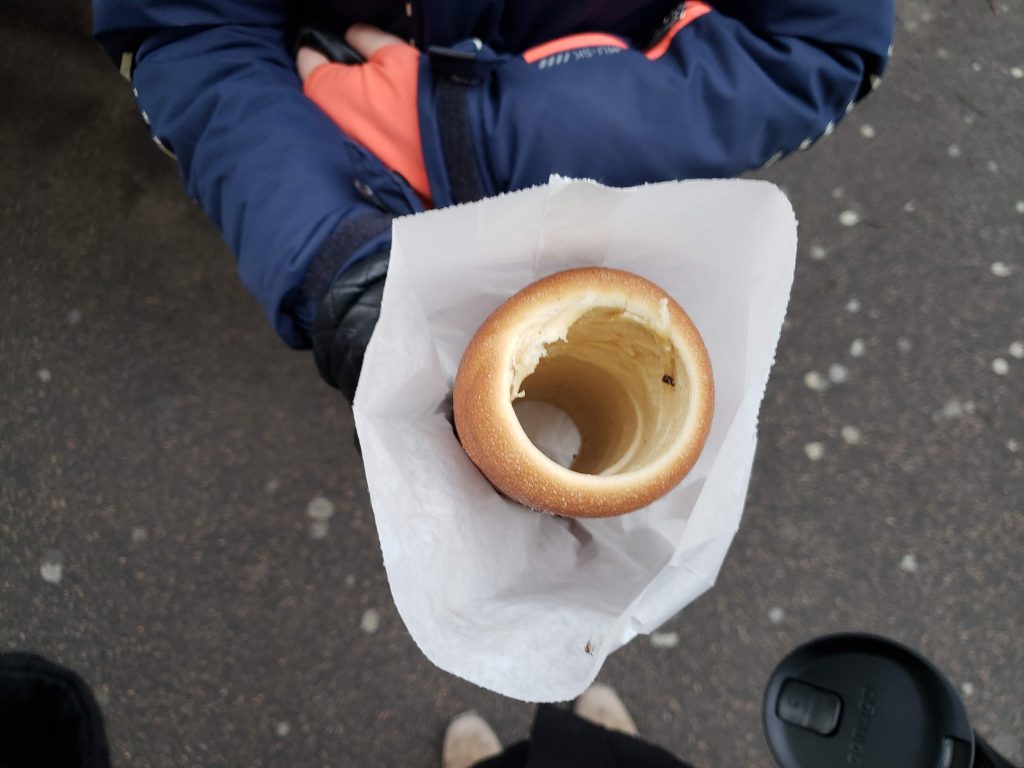
Free walking tours (very interesting and informative)
Our Airbnb (right in the Jewish quarter and great for groups)
Ghetto Gulyas (delicious traditional Hungarian food)


